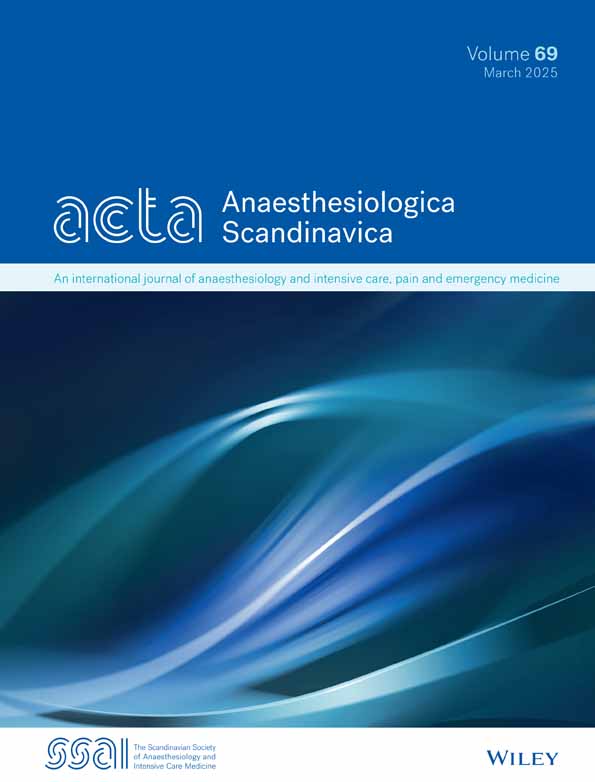Can intubate, cannot ventilate: A proposed algorithm to handle problems with ventilation and oxygenation after intubation
Abstract
Background and Methods
Few guidelines address how to handle unanticipated ventilatory problems and hypoxemia in a successfully intubated patient. We will refer to this situation as “can intubate–cannot ventilate.” The situation may occur immediately after intubation or later during general anaesthesia. The aim of this paper is to describe an algorithm for handling this situation. In an intubated patient, the airway can be considered a continuum from the ventilator to the alveoli, and the problem is somewhere along this route: Ventilator → Hoses → Filter → Tracheal tube (TT) → Tracheae → Bronchi → Bronchioles → Alveoli. The proposed algorithm is based on clinical experience and has not been externally validated.
Results
The first critical decision to be made is whether the TT has been placed correctly in the trachea or not. Positive wave-formed capnography is the primary marker for correct intubation. Video and/or direct laryngoscopy can be used for further verification. The patient should be disconnected from the ventilator and manually ventilated with bag-valve and 100% oxygen. An open tube should then be verified by applying a suction catheter through the tube. If these measures do not improve the situation, a fibreoptic scope should be inserted to further assess possible causes of difficult ventilation. If no obvious treatable cause is detected at this point, bronchospasm, anaphylaxis, or pneumothorax should be ruled out or treated. Further handling should focus on optimizing gas exchange in the lungs and considering more advanced treatment options to improve oxygenation and circulation.
Conclusions
We have proposed an algorithm to handle unanticipated problems with ventilation and oxygenation in a patient who has been successfully intubated. Equipment failure and a blocked TT should be ruled out before diagnosing and treating medical or surgical causes of ventilatory problems.
Editorial Comment
This article presents a logical approach to the time-sensitive and critical situation where, for some reason, after intubation, ventilation of the lungs is not succeeding. The authors propose steps for a systematic approach, and recognition of different possible explanations for ventilation not working is informative.
CONFLICT OF INTEREST STATEMENT
The authors declare no conflicts of interest.
Open Research
DATA AVAILABILITY STATEMENT
Data sharing not applicable to this article as no datasets were generated or analysed during the current study.




